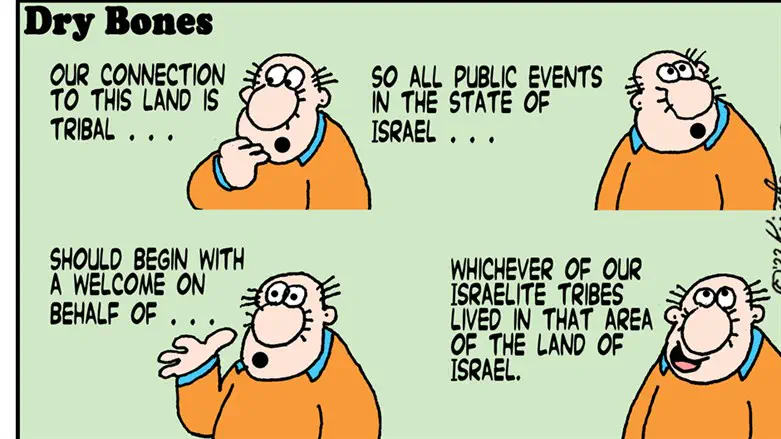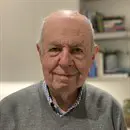
The introduction by Israel of a Welcome to Country ceremony – similar to that which has existed in Australia since 1973 – could be just the circuit-breaker needed to reunite a bitterly divided Israeli society - even the protesters and the 15 judges of Israel’s Supreme Court who sat on the issue of basic laws on the eve of Rosh Hashanah.
Such a ceremony would serve to bring the Jewish people together to publicly honor, recognise and acknowledge their forefathers as the traditional owners of the land on which the State of Israel has been established and to which Israel is entitled to lay claim in Judea and Samaria under articles 6 and 25 of the League of Nations Mandate for Palestine and article 80 of the United Nations Charter.
It would also unite Israelis in their fight against attempts by the UN and UNESCO to create political facts on the ground by erasing Jewish ownership of historic Jewish archaeological sites instead of those Kaplan Street protesters fighting Netanyahu.at the UN.
The UN and UNESCO's latest despicable effort is Jericho – containing Jewish heritage sites including the Hasmonean Winter Palaces, King Herod’s Third Palace, a Byzantine-era synagogue dating back to the 6th Century CE, ritual baths, and nearby burial caves used by priests of the Second Temple.
The Encyclopaedia Britannica faithfully records the history of the Jewish people’s arrival in Canaan as detailed in the Old Testament:
“Twelve Tribes of Israel, in the Bible, the Hebrew people who, after the death of Moses, took possession of the Promised Land of Canaan under the leadership of Joshua. Because the tribes were named after sons or grandsons of Jacob, whose name was changed to Israel after he wrestled an angel of the Lord, the Hebrew people became known as Israelites.
Jacob’s first wife, Leah, bore him six sons: Reuben, Simeon, Levi, Judah, Issachar, and Zebulun. Each was the father of a tribe, though Levi’s descendants (among whom were Moses and Aaron), the priests and temple functionaries, were dispersed among the other tribes and received no tribal land of their own. Two other tribes, Gad and Asher, were named after sons born to Jacob and Zilpah, Leah’s maidservant. Two additional tribes, Dan and Naphtali, were named after sons of Jacob born of Bilhah, the maidservant of Rachel, Jacob’s second wife. Rachel bore Jacob two sons, Joseph and Benjamin. The tribe of Benjamin provided Israel with its first king, Saul, and was later assimilated into the tribe of Judah. While no tribe bore the name of Joseph, two tribes were named after Joseph’s sons, Manasseh and Ephraim.”
The following map shows the areas in which the 12 Tribes settled:
The Welcome to Country ceremony would pay respects to 10 of the 12 tribes who settled on the land West of the Jordan River, area that includes Judea and Samaria (Aka "West Bank")..
The ceremony would involve a short recitation along the following lines at the opening of every public, communal and sporting function (accompanied perhaps by the blowing of the Shofar):
“This [meeting /concert/wedding/bar mitzvah/ convention/sporting event] is being held on the land settled by one of the twelve tribes of the Jewish people named [insert name of Tribe] 40 years after being freed from slavery in Egypt 3500 years ago.
"We acknowledge the Tribe of [insert name of Tribe] its Leaders, their successors and tribal members in establishing and building the Jewish National Home on this land.
"Am Yisrael Chai.
"The people of Israel live”
The ceremony could open each session of the Knesset, the Supreme Court, each school day and welcome travellers at Ben Gurion Airport. Sign posts identifying each tribal area could be erected on their respective boundaries. The possibilities are endless.
Netanyahu, Lapid and Gantz: Get the tribal ball rolling without delay.
Author’s note: The cartoon — commissioned exclusively for this article — is by Yaakov Kirschen aka “Dry Bones”- one of Israel’s foremost political and social commentators — whose cartoons have graced the columns of Israeli and international media publications for decades.
